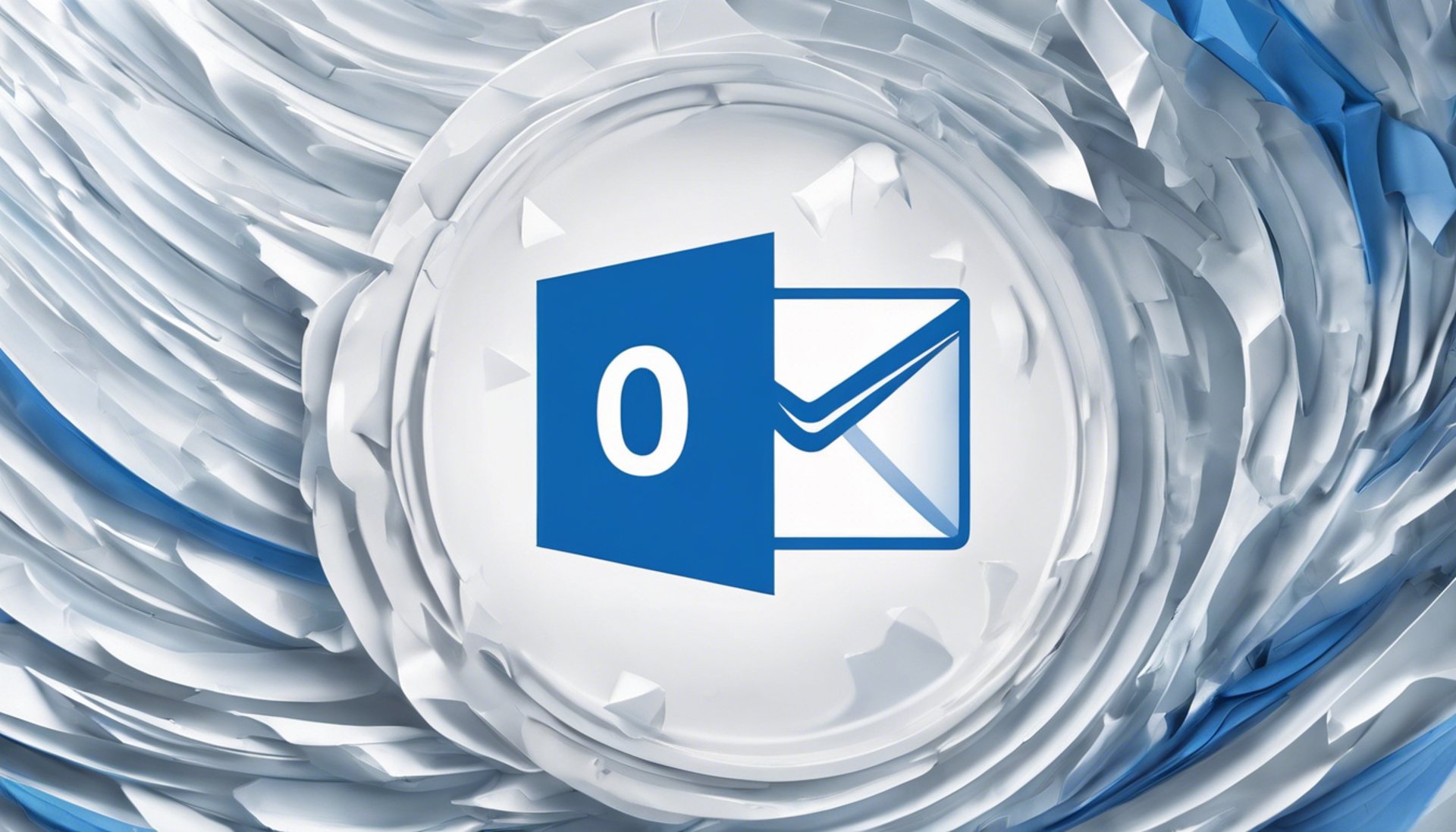20 Essential Microsoft Outlook Tips for Enhanced Productivity
8/29/20242 min read



Microsoft Outlook is a powerful tool for managing emails, calendars, and contacts. Whether you're a beginner or have some experience, optimising your use of Outlook can significantly boost your productivity. Here are 20 essential Outlook tips, a mix of basic and intermediate, to help you get the most out of this versatile software. If you're looking to dive deeper, consider exploring professional training through ZandaX courses.
1. Customise Your Quick Access Toolbar
Customise the Quick Access Toolbar to include your most-used actions, like 'New Email' or 'Reply All,' making them accessible with just a click.
2. Use Categories to Organise Emails
Assign categories to your emails for better organisation. This helps you quickly find related emails by colour-coding them.
3. Schedule Emails
Schedule your emails to be sent at a specific time. This is particularly useful for ensuring timely communication without being online.
4. Keyboard Shortcuts
Learn and utilise keyboard shortcuts to navigate and manage Outlook efficiently, e.g., ‘Ctrl + Enter’ to send an email.
5. Use Rules for Automation
Create rules to automatically sort incoming emails into folders, mark them as read, or even forward them, saving you time on manual organisation.
6. Utilise the Search Function
Master the search function to quickly locate emails. Use advanced options like searching by date, sender, or keyword.
7. Set Up Multiple Signatures
Create different signatures for different purposes, such as personal vs. professional communication and switch between them easily.
8. Use Reading Pane Effectively
Enable the Reading Pane to preview messages without opening them fully, which speeds up email management.
9. Calendar Sharing
Share your calendar with colleagues to arrange meetings and appointments more efficiently.
10. Delay Delivery
Use the 'Delay Delivery' option to hold emails in the Outbox until a specified time.
11. Flag Emails
Flag emails that require follow-up, turning your inbox into a to-do list with reminders.
12. Use Templates
Create templates for frequently sent emails to save time on drafting repetitive messages.
13. Delegate Access
Allow someone else to manage your emails and calendar by giving them delegate access, useful for team dynamics.
14. Turn Off Notifications
Reduce distractions by turning off email notifications and checking emails at scheduled times.
15. Integration with Microsoft Teams
Integrate Outlook with Microsoft Teams to streamline communication and scheduling within your organization.
16. Use the Clutter Folder
Enable the Clutter feature to automatically sort low-priority emails, keeping your main inbox focused.
17. Master Calendar Views
Switch between different calendar views (day, week, month) to gain better insight and plan effectively.
18. Utilise the Focused Inbox
Use the Focused Inbox feature to prioritize important emails, ensuring you never miss critical communications.
19. Email Archiving
Archive older emails to keep your mailbox light and improve performance without losing important information.
20. Synchronise Your Devices
Ensure that your Outlook is synchronized across all your devices for seamless access to your emails, contacts, and calendars.
By integrating these tips into your daily routine, you can vastly improve your productivity and email management skills using Microsoft Outlook. To further enhance your capabilities, consider enrolling in a professional course with ZandaX
